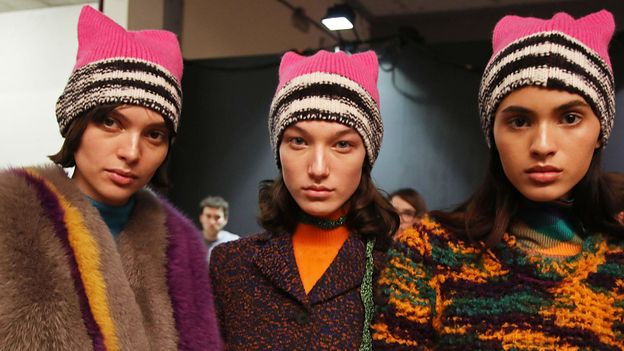Use of natural rubber dates back to Mesoamerica in 1600 BC, in the Maya, Aztec and Olmec cultures (Olmec is an Aztec word, meaning “rubber people”). South America remained the main source of latex until 1876, when Henry Wickham, in an act of botanical piracy, smuggled 70,000 Amazonian rubber tree seeds out of Brazil and into England. These seedlings eventually made their way to more compatible climates in India, Sri Lanka, Indonesia and Malaysia, countries that today rank among the largest producers of natural rubber. During the industrial revolution, latex became a hugely valuable colonial resource. To tap these vast reserves, horrifically violent techniques were imposed on forced labourers in the Brazilian Amazon and King Leopold’s Congo, where failure to meet impossible quotas was punished with mutilation and sometimes death.
Sex and power
Rubber’s unique qualities made it ideal for use as protective clothing, particularly in medicine and warfare. Dress historian Fiona Jardine, from the Glasgow School of Art, explains its 19th-Century uses: “When it was bonded to pre-existent fabrics, rubber improved the functionality of overcoats, caps, gaiters and dress protectors, when travel, public congregation and urban life became more prevalent in the west”. As rubber clothing increased in popularity, some wearers came to discover it was both pragmatic and sexually pleasurable. “It’s the most sensual fabric there is”, says The Baroness, “because it has a unique look, smell, taste, sound and feel.”










